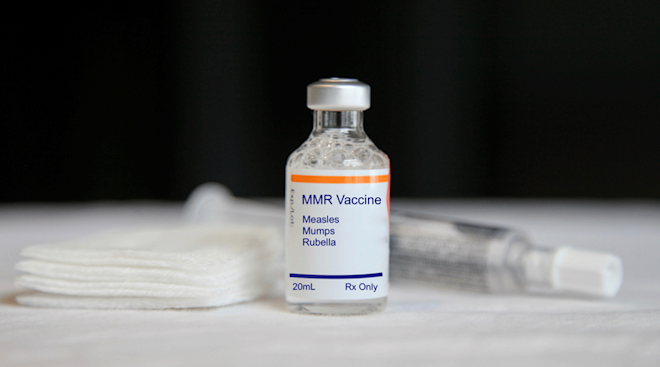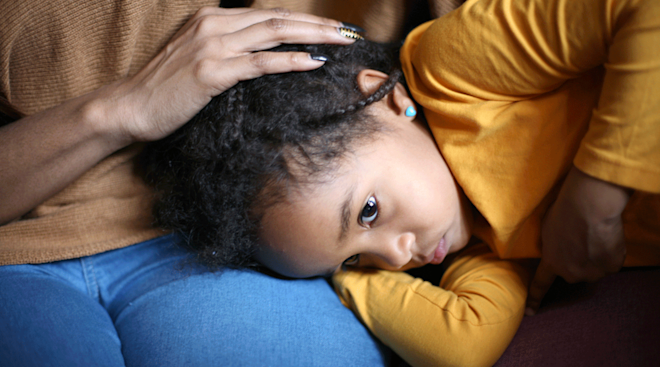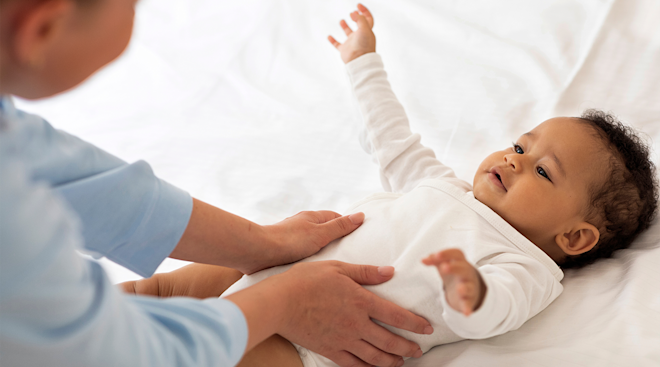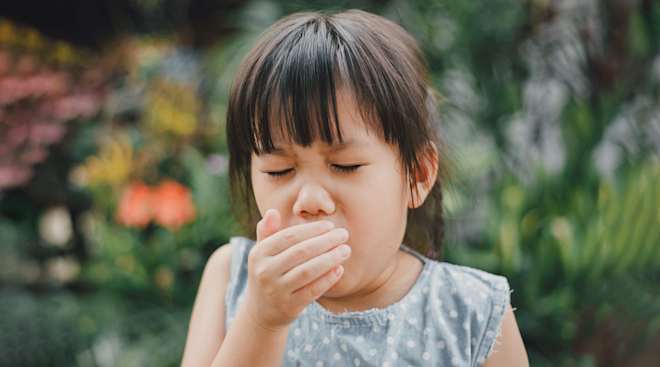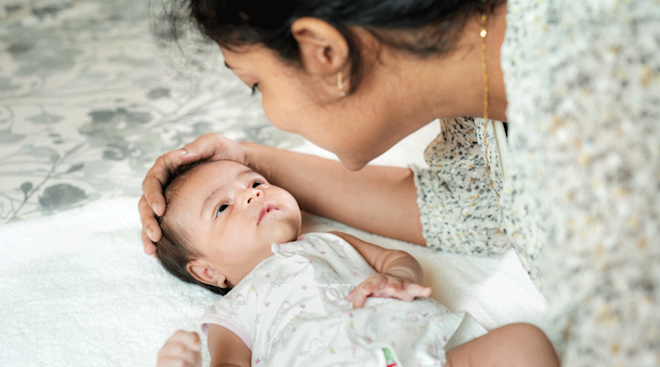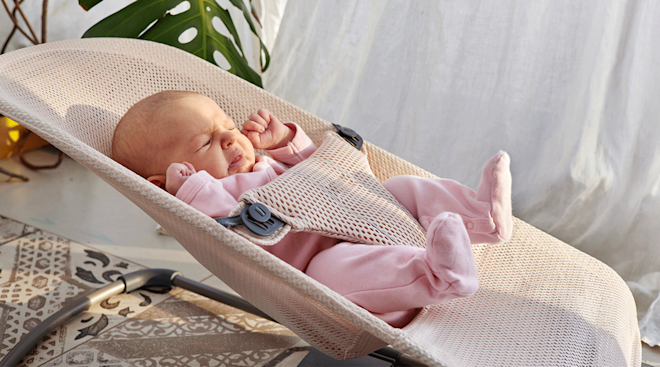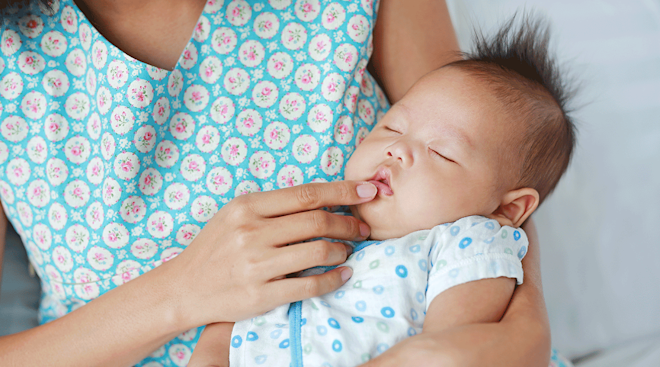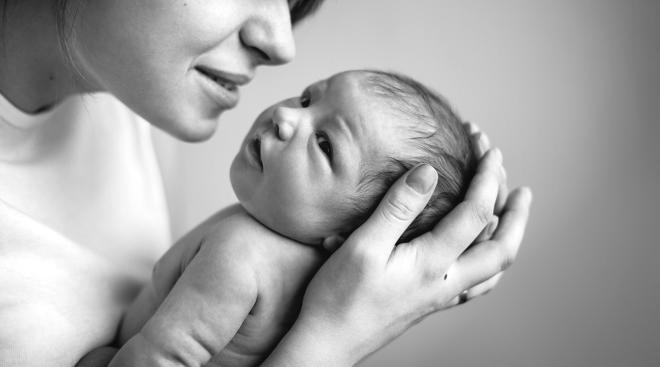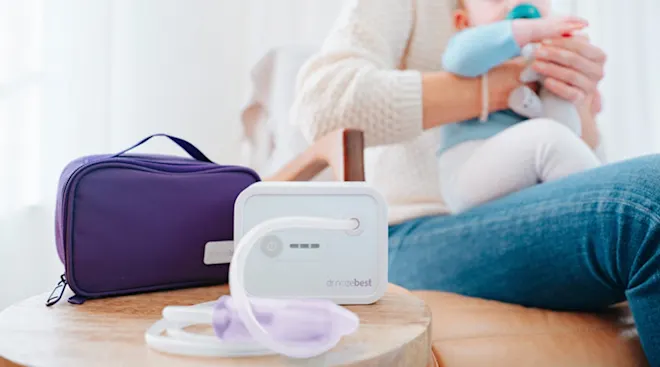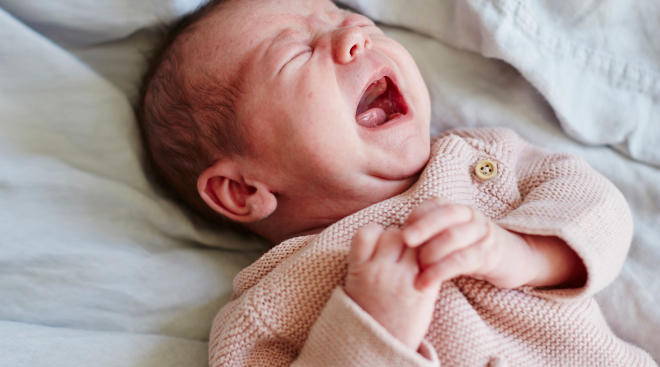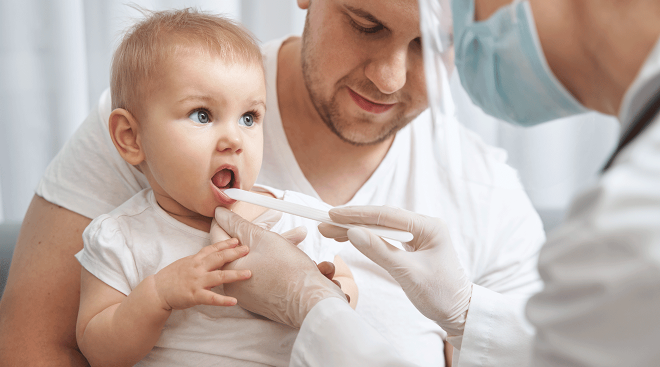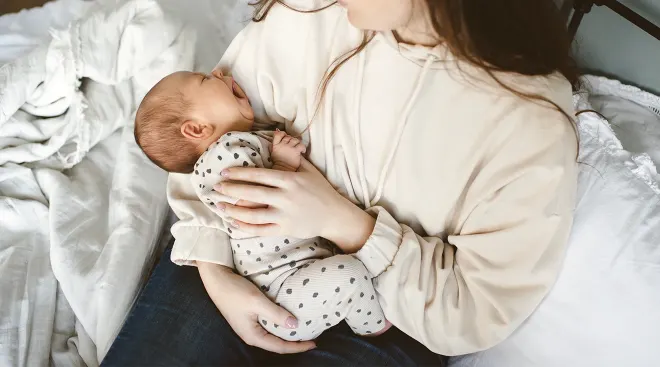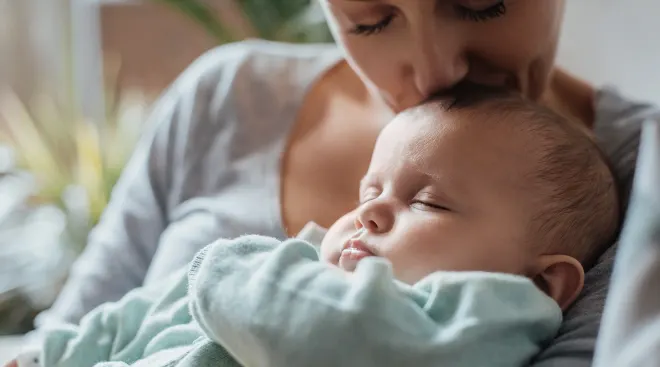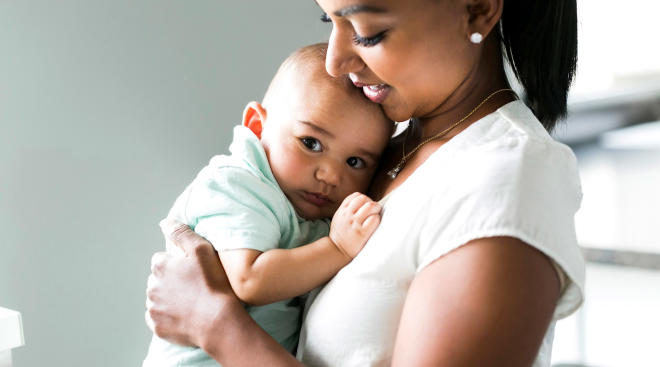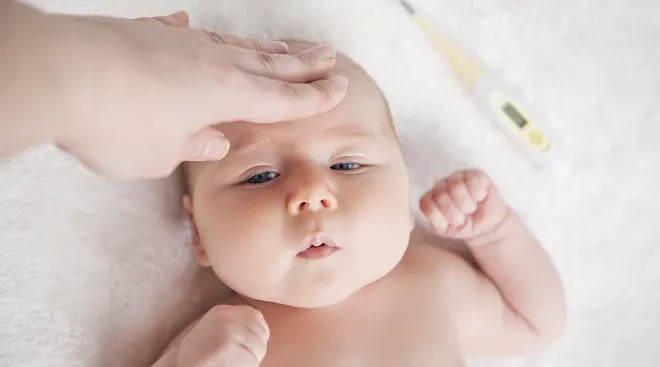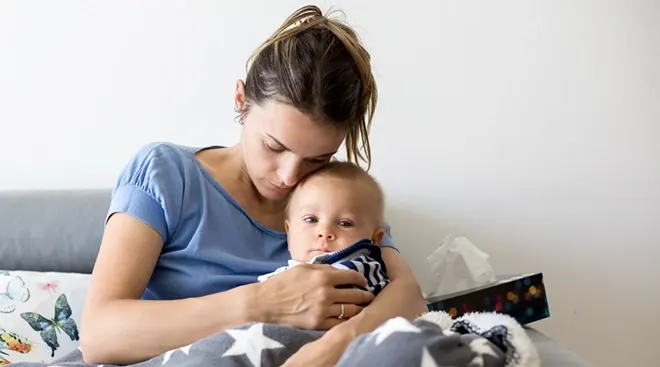Whooping Cough Cases Increase: Here’s What Parents Need to Know
As spring approaches and families gather for outdoor events, playdates and seasonal travel, health experts are sounding the alarm about a troubling rise in whooping cough cases across the country. Already in 2025, there have been about 6,600 reported cases of pertussis—almost four times the number seen at this point last year. The disease, also known as whooping cough, surged to more than 35,000 cases in 2024, the highest count in over a decade. Among those cases, 10 people died, including six infants under 1 year old.
In Louisiana, the impact has been especially heartbreaking. The state has reported two infant deaths from pertussis in the past six months, the first pertussis-related deaths there since 2018, according to the Louisiana Department of Health. So far in 2025, 110 cases have already been reported—rapidly closing in on the 154 total cases the state saw for all of 2024.
Why Are Cases Rising?
The CDC attributes this increase to a combination of factors, including the rollback of COVID-19 mitigation measures like masking, social distancing and increased handwashing, as well as a delay in vaccinations during the pandemic that saw many children and babies skip or defer their DTaP vaccinations. As cases spread more quickly through larger unvaccinated populations, vaccinated children with waning immunity are also at risk of contracting the virus.
Health officials also note that adults may be playing a growing role in transmission, particularly those who were never vaccinated. Because symptoms in adults can be mild or mistaken for a common cold, they may unknowingly pass the illness to vulnerable infants and young children.
What Does Whooping Cough Look Like?
Whooping cough is a highly contagious respiratory disease caused by the bacteria Bordetella pertussis. It spreads easily through coughing or sneezing in close contact with others who then inhale the bacteria. The disease gets its name from the “whoop” sound made when gasping for air after a coughing fit. However, only about a third of those infected make this sound, so it’s essential to watch for other symptoms like cold-like signs, a persistent cough, and difficulty breathing in young children.
Babies under one year old are at the greatest risk for severe complications. According to the CDC, about one-third of babies younger than 12 months old who get whooping cough require hospitalization. Sixty-six percent experience life-threatening pauses in breathing, and 22 percent develop pneumonia.
What Should I Do to Protect My Family?
The best way to protect your child from whooping cough is to keep them up to date with vaccinations. The CDC recommends the whooping cough vaccine for all babies, children, preteens, adults and pregnant women. Pregnant women should receive the Tdap vaccine in the early part of the third trimester to provide the best protection to newborns. Kids should receive a series of five DTaP vaccinations between 2-18 months and one again between 4 and 6 years old. The DTap vaccine has been shown to protect 9 out of 10 babies from being hospitalized due to whooping cough.
In addition to vaccination, parents should maintain good hygiene habits like regular handwashing and covering coughs and sneezes and teach their children to do the same. If your child seems unusually tired or has persistent symptoms that go beyond a typical cold, don’t hesitate to contact your pediatrician. Many medical offices offer nurse lines where you can discuss symptoms and decide if an in-person visit is necessary.
Please note: The Bump and the materials and information it contains are not intended to, and do not constitute, medical or other health advice or diagnosis and should not be used as such. You should always consult with a qualified physician or health professional about your specific circumstances.
Navigate forward to interact with the calendar and select a date. Press the question mark key to get the keyboard shortcuts for changing dates.


































